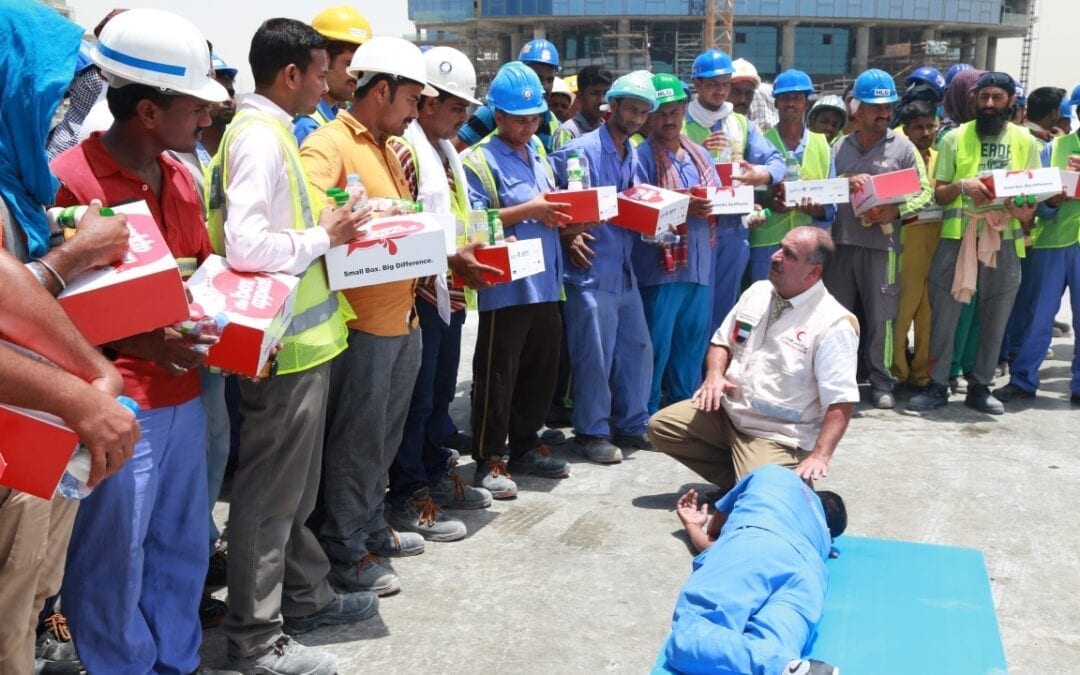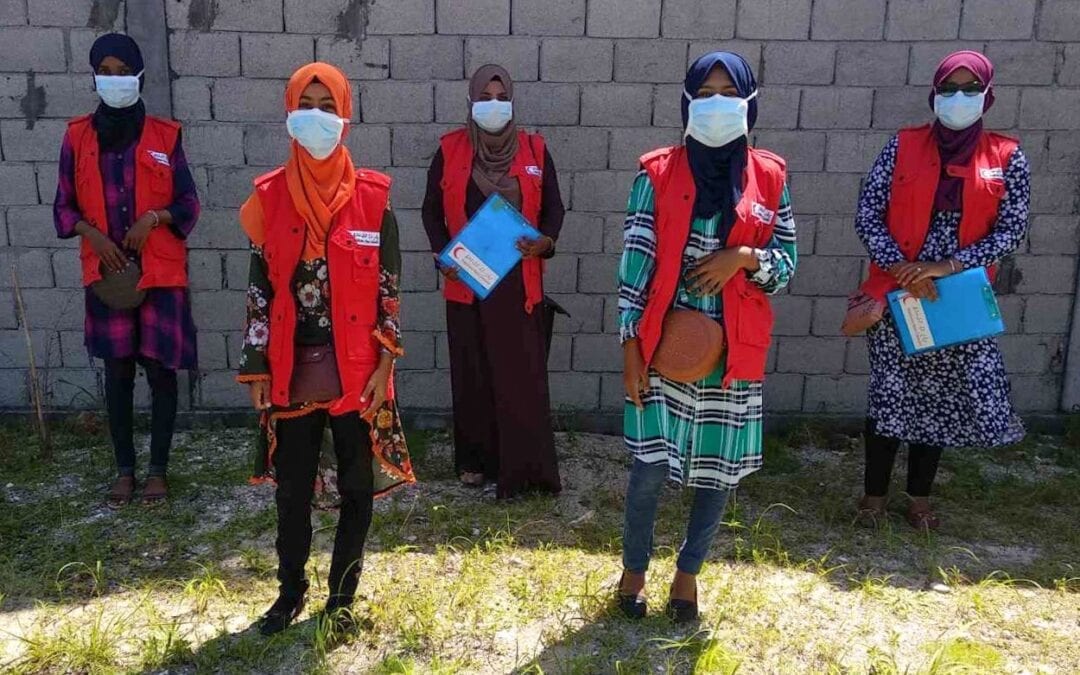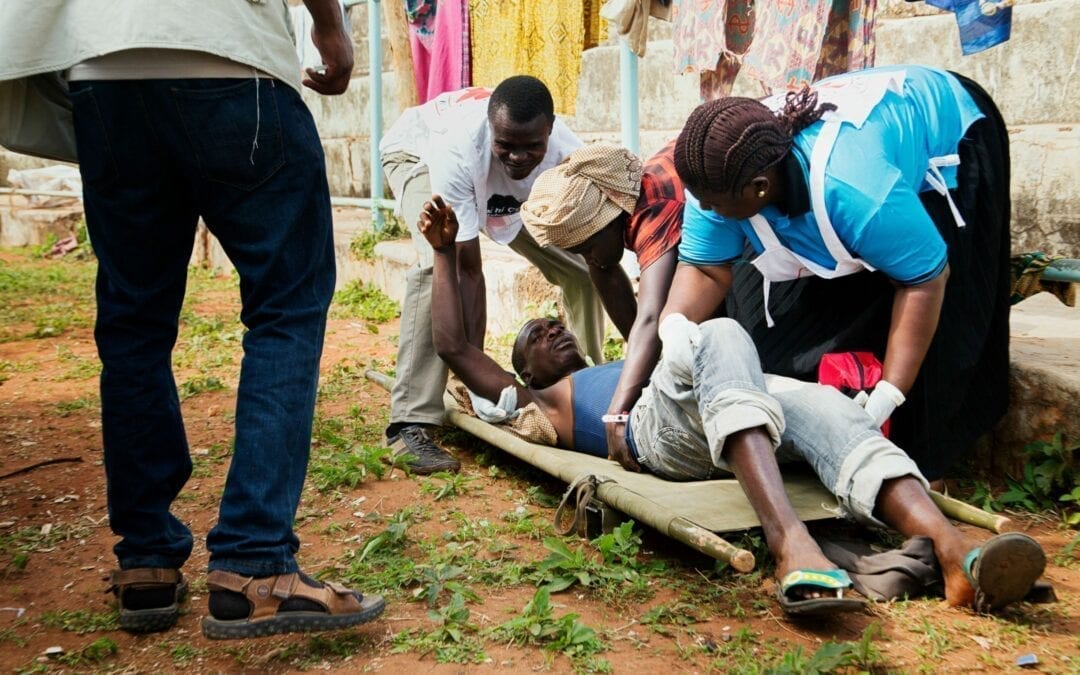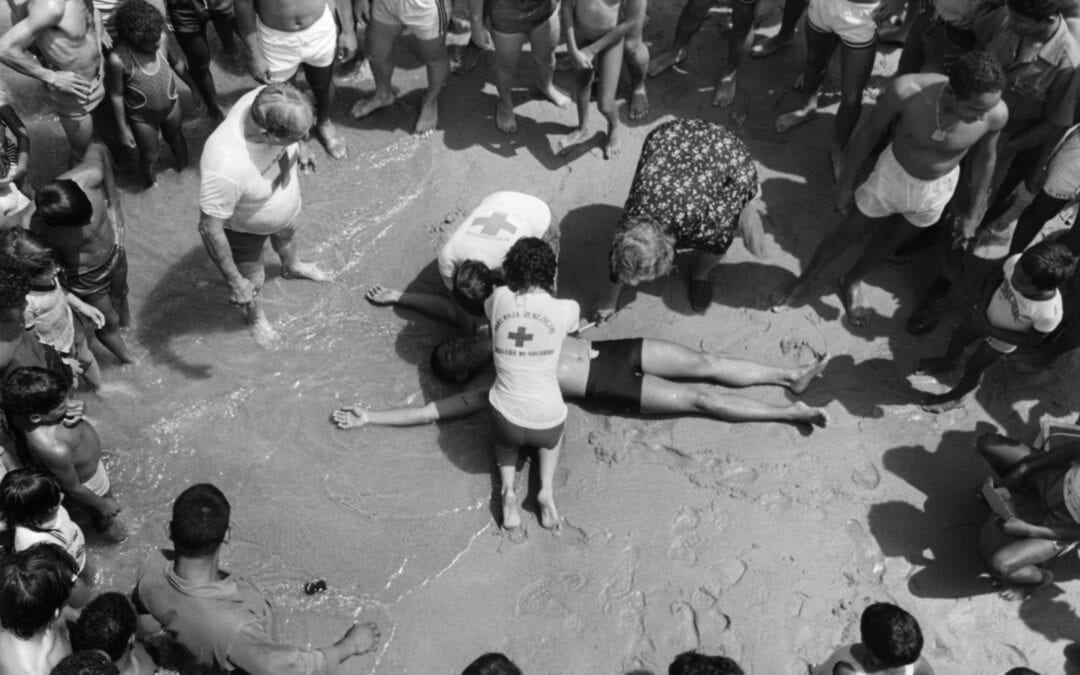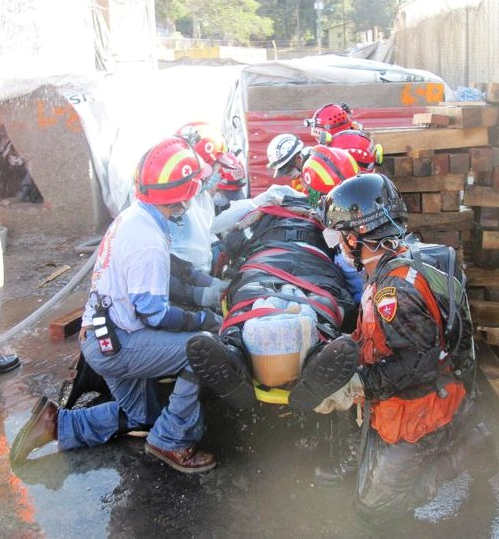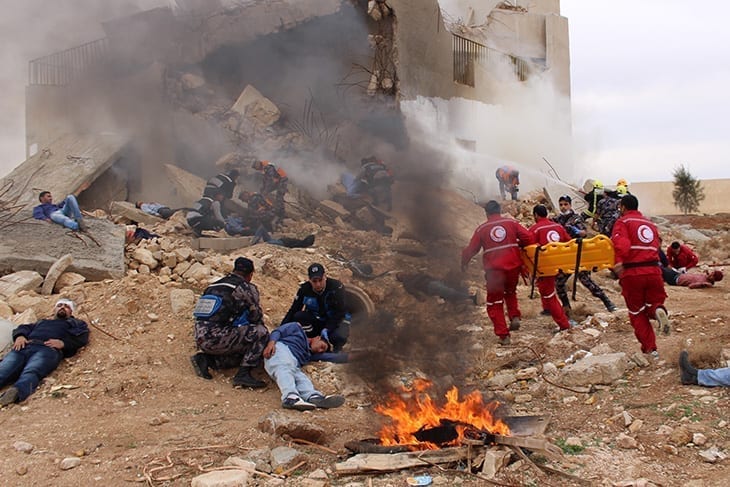Workplace contextPosition first aid education for the workplace as central to health and safety needs and requirements. Save this page as a PDF The workplace context is considerably varied. It ranges from multi-site organisations engaged in high-risk operations that are responsible for large...
Pandemic contextProtect learners and facilitators through protective practices (e.g., wearing personal protective equipment, spacing, hand washing) while providing first aid education during a pandemic. Save this page as a PDF During a pandemic or other health crisis, the disease is...
Remote contextDifferentiate the first aid education delivered to communities living in remote locations and to those individuals who are visiting. Save this page as a PDF Examples of remote contexts include wilderness environments, isolated communities or rural areas with limited resources....
Water contextDevelop a culturally inclusive programme with key water safety messages that address local risk factors. Save this page as a PDF Rivers, lakes, pools, seas and oceans provide people with their livelihoods, places of leisure, and vital resources for daily life. However, drowning is the...
Disaster contextEnsure that first aid programmes are built on a foundation of preparedness that includes preparedness of individuals, families, communities and emergency services to respond to disaster situations. Save this page as a PDF Disasters can be natural (e.g., earthquakes or flooding),...
Conflict contextPromote the first aid provider’s safety and security before giving lifesaving first aid care in first aid education. Save this page as a PDF Conflict areas are common and ever-changing. Preparing people for the injuries they may encounter in these situations is important...

